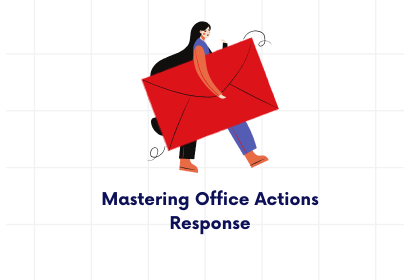A trademark is a recognizable sign, design, or expression which identifies products or services of a particular source from those of others. They give trademark owners the exclusive right to use the mark and prevent others from using a similar one. Examples of trademarks include brand names, slogans, and logos.
Find Us Now!
info@trademarkandllc.com
Sun - Fri: 9am - 8pm
Office Action Response
Office Action Response:
Crafting a comprehensive response to USPTO Office Actions.

Protection of Designs
Market Differentiation
Legal Protection
Revenue Generation
Get a Free Quote


Frequently Asked Question.
-
Q: What is a trademark?
-
Q: What is a trademark, and why do I need one?
A trademark is a symbol, word, or phrase legally registered to represent a company or product. It protects your brand from unauthorized use and helps distinguish your business from competitors.
-
Q: Do I need a trademark if I have an LLC?
Yes, an LLC and a trademark serve different purposes. An LLC protects your business structure and limits liability, while a trademark protects your brand name, logo, or slogan from being used by others.
-
Q: What is trademark classification, and how many classifications should I file in?
Trademark classification categorizes goods or services into specific groups. The number of classifications you need depends on the scope of your business. For example, a clothing brand might file under Class 25 (clothing), Class 35 (retail services), and a third classification for imprinting services on merchandise.
-
Q: How long does it take to register a trademark?
On average, the trademark registration process can take 10 to 15 months, depending on the complexity of the application and if there are any issues or opposition.
-
Q: What’s the difference between a ™ and a ® symbol?
The ™ symbol can be used with a brand name or logo that has not yet been officially registered. The ® symbol is used only after your trademark is successfully registered with the USPTO.
-
Q: How much does it cost to register a trademark?
The filing fee is $350 per classification, and our service fees vary based on the package you select. Additional services, such as trademark monitoring or private registration, may have added costs.
-
Q: Can I trademark a logo, slogan, or business name?
Yes, you can trademark all of these. Logos, slogans, and business names that are unique to your brand and distinguish it from others are eligible for trademark protection.
-
Q: What happens if someone opposes my trademark?
If someone opposes your trademark, you'll receive a notice, and the issue will need to be resolved before your registration can proceed. We can assist in responding to oppositions.
-
Q: Can I register my trademark internationally?
Yes, through our Global Comprehensive Search package, we offer assistance with international trademark registration to protect your brand across multiple countries.
-
Q: How long does a trademark last?
A registered trademark lasts for 10 years but can be renewed indefinitely as long as you continue to use it and file the necessary maintenance documents.

